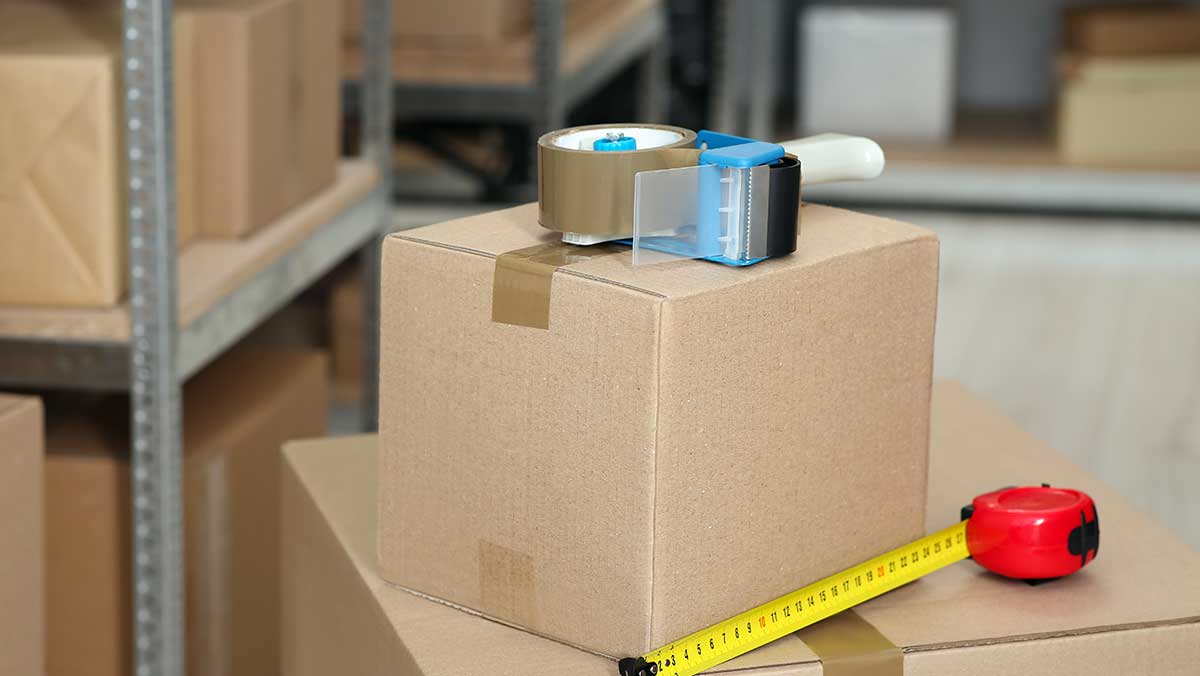A strong brand and business success go hand-in-hand. A strong brand differentiates you from the competition, increases loyalty among current customers and increases awareness with potential customers. And although there are many ways to showcase your brand, when it includes products on the store shelf and online, product labels showcase that brand identity, commanding attention that triggers a purchase. But a poorly designed or incorrectly sized label can have the opposite effect. That’s why choosing the right label size for your products is vital to enhancing your brand.
Understanding Label Sizes
In theory, there are an endless amount of potential label sizes to choose from. Although there are a variety of factors that may dictate the actual size you need including the:
- Type of product you are labeling
- Amount of space on the container
- Shape, size and contour of container
- Position of the label on the container
Using standard sizes that accommodate both basic and unique custom applications can save you time and money.
How to Choose the Correct Label Size
Choosing the correct label size requires defining these variables:
- Purpose
- Design
- Information
- Container
Purpose of the Label
Labels serve various functions, including brand promotion, expiration dates, lot numbers, barcodes, and more. Brand labels are usually designed to complement the container, which influences their size and shape. Conversely, barcode labels tend to be more compact and straightforward in design.
Design Requirements
A product label with various branding elements requires more space to convey essential product benefits.
The Amount of Information Required
What type of information does your label deliver? The dimensions for a label communicating usage instructions are greater than one that just contains a barcode.
Shape and Size of Container
Regardless of the purpose, design or information, the label has to conform to and complement the shape and size of the container.
Once you define these basic standards you can determine the ideal label size for your application.
Measuring for Label Size
Although a standard ruler isn’t an effective method of measuring a contoured surface, there are three options that will provide accurate results.
- Flexible ruler - A measuring tape or flexible ruler (you can print one here) enables you to accurately gauge a contoured surface.
- Testing shapes and sizes - Experiment with different shapes and sizes to determine the best option by applying them directly to your containers. Download the template options.
- Graph paper - Wrap graph paper around the container and mark where the edges should go. Then cut out that shape and place it on the container to make sure it fits properly. Make any adjustments necessary by trimming to get the exact size you need. Measure the final shape to determine the specific label size you need.
These steps can help you define the best label size and shape for your container.
Considerations for Different Container Shapes
The shape and size of a product container can have a significant impact on label selection. For example,
- The container's shape and size can influence how your brand's message is conveyed. A larger container may provide more space for branding and conveying the product's value, while a unique shape could help your product stand out on the shelf.
- The shape and size of the container affect how the label is displayed. Consider how the label design complements the container's shape and size to ensure it stands out and is visually pleasing.
- The material and adhesive used for the label should be compatible with the container's material and surface. Different materials and shapes may require specialized adhesives to ensure that the label adheres securely, especially if the container will be exposed to various environmental conditions (e.g., moisture, heat, or cold).
- The shape and size of the container may affect the functionality of the label. For example, a squeezable bottle may need a flexible material to prevent wrinkling or peeling. And on a cylindrical container, a wrap-around label typically complements the packaging better than a label applied only to the front.
Shipping Label Sizes
Unlike a product label, there are fewer variables when it comes to shipping a package which makes selecting the correct size much more straightforward. Although the size of the container, or package, may vary, the information required to ship it, regardless of the shipper, is the same.
For UPS, FedEx, Amazon FBA, DHL and USPS packages, 4” x 6” is the most common shipping label size. But, depending upon the size of your package, both:
- 4“ x 8”
- 8.5“ x 11”
Are viable options.
International shipments or packages that require special handling may need additional information so check with your shipper to ensure you’re incorporating the right labels.
Unsure about shipping requirements? Get the information you need in this guide to shipping labels.
United Ad Label Your Labeling Partner
United Ad Label brings over 60 years of experience, strong supplier relationships and an unmatched array of print technologies that allow us to deliver economical, high quality stock and custom labels in size, shape and quantities you require. We make it easy to order custom labels using our Custom Label Designer app or directly with our customer service team.
